
Scientists at Liverpool University in England performed genetic tests on three eggs that collapsed after being moved to an incubator, and verified that Flora had never been in physical contact with a male dragon. After Flora's eggs' condition had been discovered, testing showed that Sungai's eggs were also produced without outside fertilization. On January 31, 2008, the Sedgwick County Zoo in Wichita, Kansas became the first zoo in the Americas to document parthenogenesis in Komodo dragons. The zoo has two adult female Komodo dragons, one of which laid about 17 eggs on May 19–20, 2007. Only two eggs were incubated and hatched due to space issues; the first hatched on January 31, 2008 while the second hatched on February 1. Both hatchlings were males.
Komodo dragons have the ZW chromosomal sex-determination system, as opposed to the mammalian XY system. Male progeny prove that Flora's unfertilized eggs were haploid (n) and doubled their chromosomes later to become diploid (2n) (by being fertilized by a polar body, or by chromosome duplication without cell division), rather than by her laying diploid eggs by one of the meiosis reduction-divisions in her ovaries failing. When a female Komodo dragon (with ZW sex chromosomes) reproduces in this manner, she provides her progeny with only one chromosome from each of her pairs of chromosomes, including only one of her two sex chromosomes. This single set of chromosomes is duplicated in the egg, which develops parthenogenetically. Eggs receiving a Z chromosome become ZZ (male); those receiving a W chromosome become WW and fail to develop.
It has been hypothesized that this reproductive adaptation allows a single female to enter an isolated ecological niche (such as an island) and by parthenogenesis produce male offspring, thereby establishing a sexually reproducing population (via reproduction with her offspring that can result in both male and female young). Despite the advantages of such an adaptation, zoos are cautioned that parthenogenesis may be detrimental to genetic diversity.
Read more here


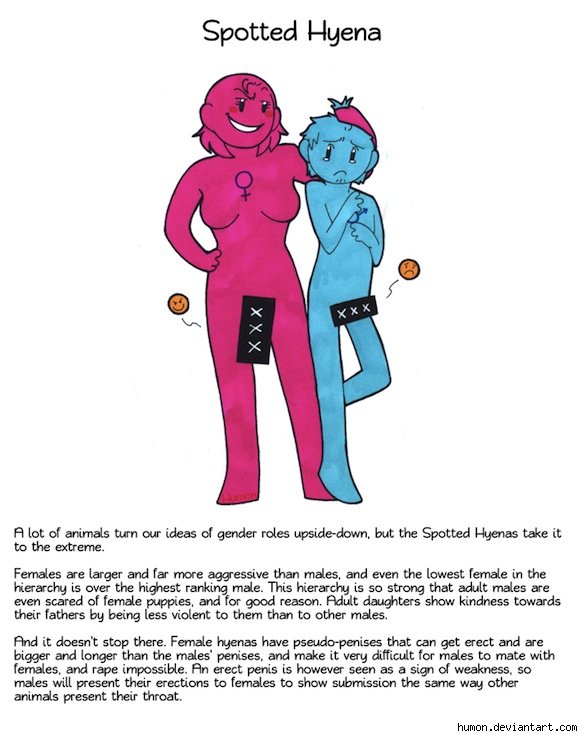
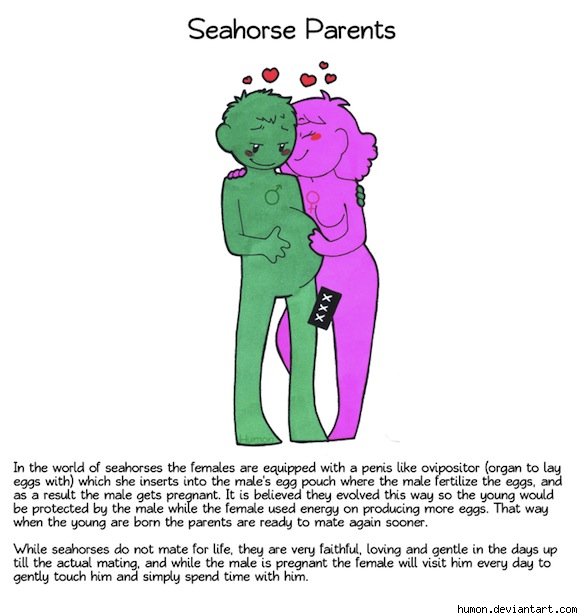
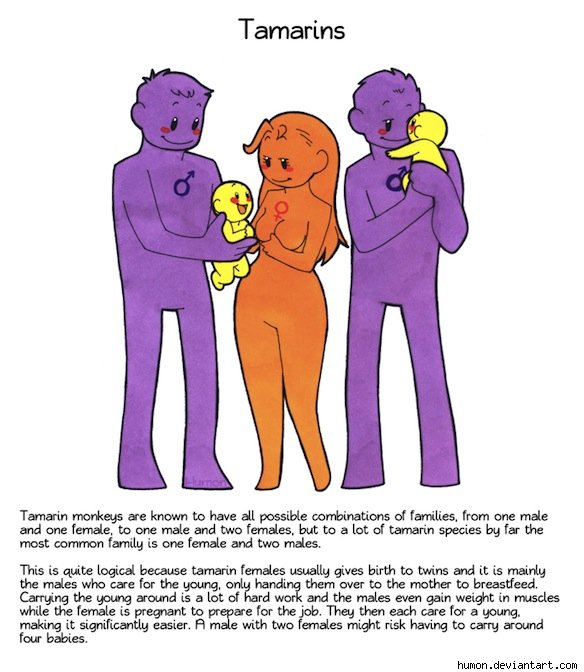
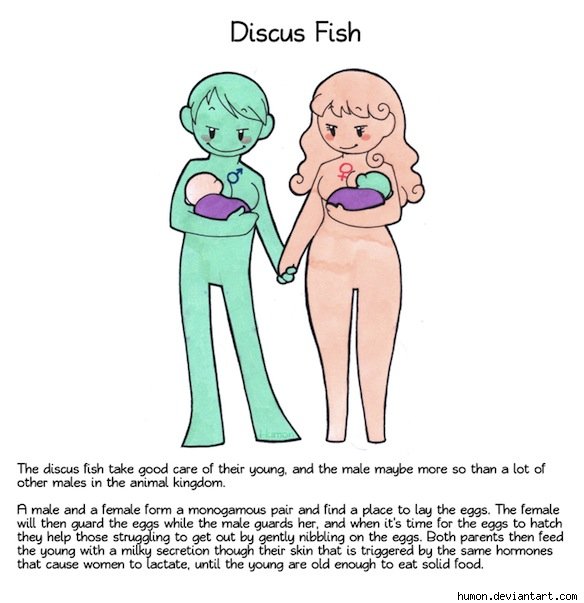
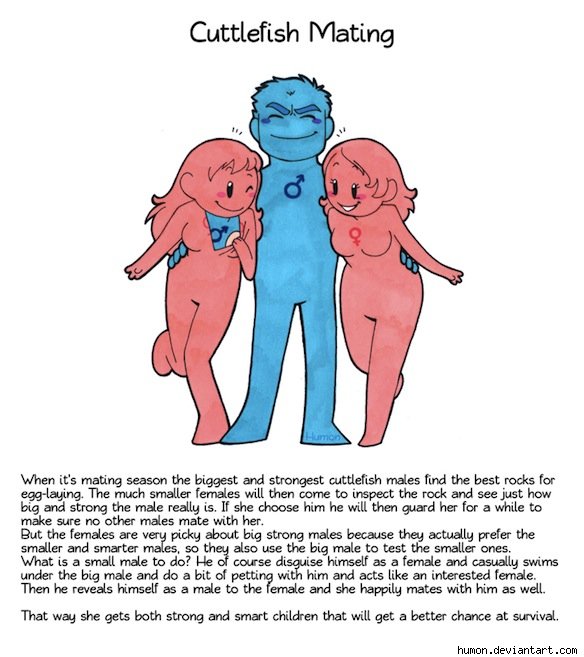
 RSS Feed
RSS Feed
